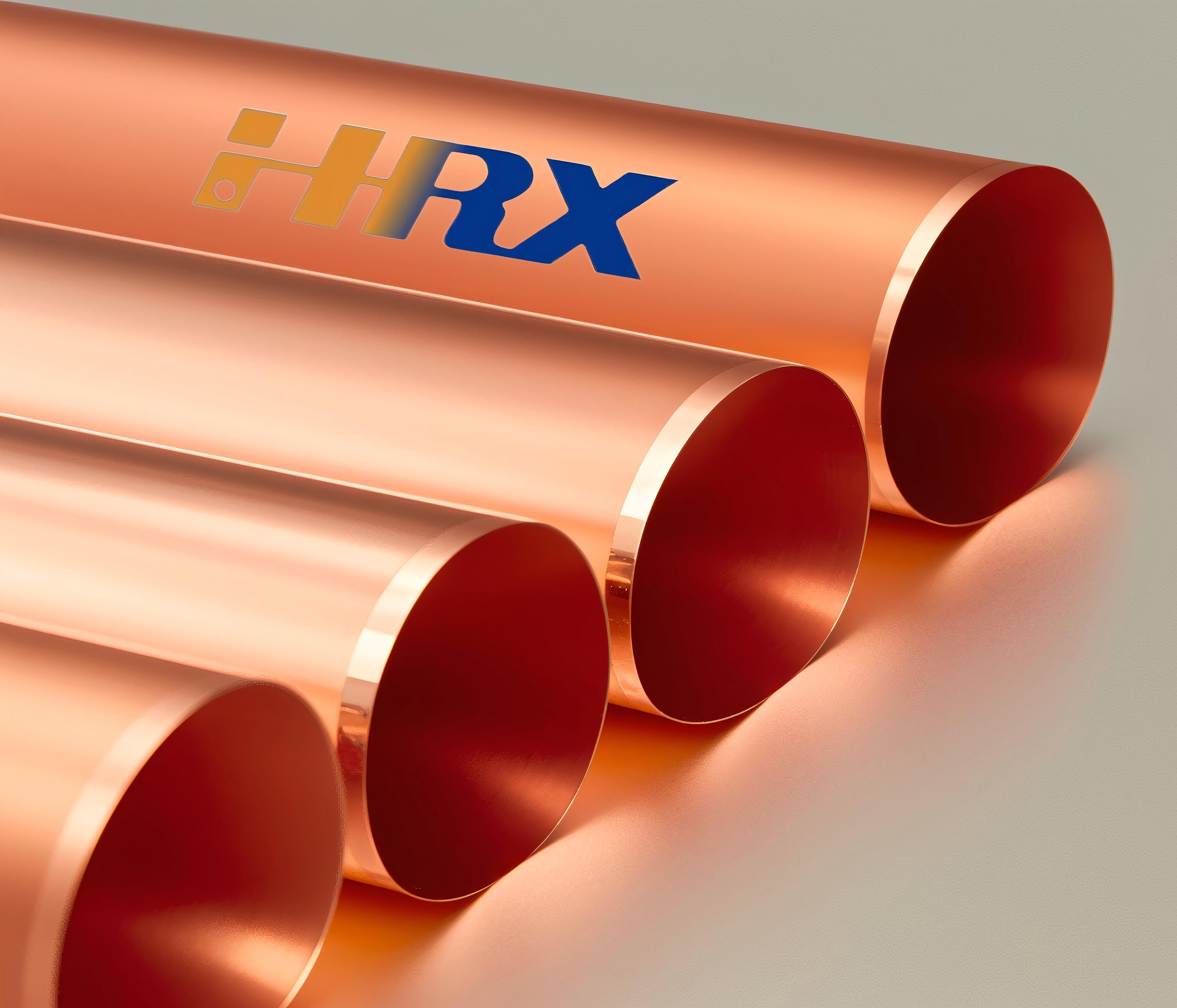Search
The Pivotal Role of Copper Foil in Determining FPC Electrical Performance
- Feb 28,2025
-
Share
Copper foil serves as an indispensable and linchpin material within the domain of Flexible Printed Circuits (FPC), playing a crucial part in the transmission of electric current. Its performance and quality parameters wield a profound and far - reaching influence over the intricate electrical properties of FPC. The following are the key aspects that merit in - depth exploration:
Electrical Conductivity
High electrical conductivity stands as the most fundamental and bedrock property of copper foil. Copper, by its very nature, exhibits excellent conductivity, which empowers it to facilitate the efficient and seamless transmission of electrical current. In the context of FPC applications, a copper foil with high conductivity acts as a catalyst for reducing the resistance within the circuit. For instance, in a high - speed data transmission FPC, where the demand for rapid and accurate signal transfer is paramount, a copper foil with lower resistance can effectively minimize signal attenuation. When the resistance is kept at a minimum, the voltage drop along the copper trace remains negligible, thereby ensuring that the electrical signal can reach its intended destination with sufficient amplitude and strength. This becomes particularly critical for circuits handling high - frequency signals, as even a minuscule degree of attenuation can potentially lead to data errors, signal distortion, and ultimately, compromised system performance. In the realm of high - speed digital communication, parameters such as Insertion Loss (IL) and Return Loss (RL) are directly affected by the conductivity of the copper foil. A lower resistance copper foil helps in maintaining lower IL, which is essential for ensuring that the signal power is efficiently transmitted through the FPC.
Thickness Uniformity
The thickness uniformity of copper foil emerges as a critical factor that significantly impacts the electrical performance of FPC. An uneven thickness profile can give rise to non - uniform current distribution within the copper traces. In regions where the copper foil is thinner, the resistance inherently increases. As a result, when electric current traverses through these areas, more heat is generated. This not only impairs the efficiency of current transmission but also poses a substantial risk of local overheating. In extreme cases, local overheating can cause thermal degradation of the FPC materials, leading to permanent damage and failure of the circuit. Conversely, a copper foil with uniform thickness ensures a consistent resistance value across the entire circuit. This, in turn, enables stable and highly efficient current flow, which is essential for maintaining the integrity of the electrical signals. In the manufacturing process, parameters such as the coefficient of variation (CV) of the copper foil thickness are closely monitored. A lower CV indicates better thickness uniformity, which is highly desirable for high - performance FPC applications.
Adhesion to the Substrate
Robust adhesion between the copper foil and the FPC substrate is of utmost importance. Inadequate adhesion can result in the copper foil detaching from the substrate either during the manufacturing process or under normal operational conditions. This separation event can disrupt the electrical connection within the circuit, culminating in complete circuit failure. Strong adhesion is the linchpin that ensures the copper foil remains firmly affixed to the substrate, thereby maintaining the integrity of the electrical path. This enables reliable and uninterrupted current transmission. In the industry, adhesion strength is often quantified using methods such as the peel - off test. A higher peel - off force indicates better adhesion between the copper foil and the substrate, which is crucial for the long - term reliability of the FPC.
Purity
High - purity copper foil is the material of choice for FPC applications. The presence of impurities in the copper can significantly elevate the resistance of the foil. Even trace amounts of certain impurities have the potential to disrupt the crystal lattice structure of copper. As electrons flow through the foil, these disruptions cause electron scattering, which in turn increases the resistance. For example, impurities such as iron or sulfur can form intermetallic compounds with copper, and these compounds typically possess higher resistivities compared to pure copper. By employing high - purity copper foil, the low - resistance characteristics essential for optimal electrical performance can be effectively maintained. In the manufacturing of high - purity copper foil, techniques such as electrolytic refining are often utilized to reduce the impurity content to ppm (parts per million) levels. This ensures that the copper foil meets the stringent requirements of high - performance FPC applications.

Shenzhen Huaruixin Electronics Co., Ltd. is a professional manufacturer specializing in the design and production of FPC (Flexible Printed Circuit), PCB (Printed Circuit Board), and Rigid - Flex Printed Boards. We wholeheartedly welcome new and old friends to engage in communication and learning, with the shared aim of propelling the advancement of the printed circuit board industry.

Let’s talk! We’ll provide the perfect solution for you!
-
 Huaruixin Electronics mainly produces printed circuit boards as the core business, to provide customers with one-stop solutions for FPC/PCB production, components sourcing and Assembly.
Huaruixin Electronics mainly produces printed circuit boards as the core business, to provide customers with one-stop solutions for FPC/PCB production, components sourcing and Assembly. - WHAT WE DO — PCB Design Solutions — Flex PCB Production — Components Sourcing — FPC&PCB Assembly
- PRODUCTS — Single Sided Flexible Circuits — Double Sided Flexible Circuits — Multilayer Flexible Cirucits — Rigid-Flex Circuits — FPC Assembly — PCB Assembly
- CAPABILITY — FPC Capability — Rigid-Flex Capability — PCB Capability — Assembly Capability
- Copyright © 2024 Shenzhen Huaruixin Electronics Co., Ltd. All Rights Reserved.
- Design By BONTOP


